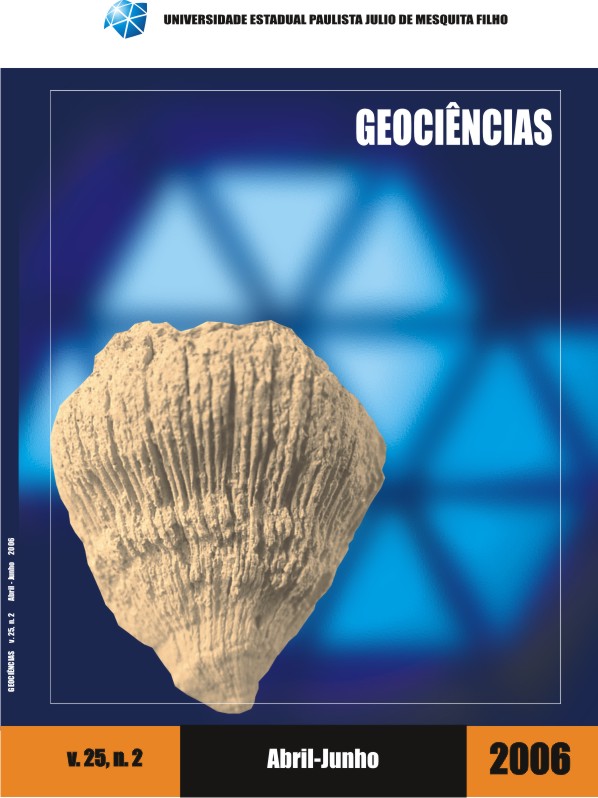IARA IGUASSU, A NEW TAXON OF AQUATIC ANGIOSPERM FROM THE CRATO PALAEOFLORA (LOWER CRETACEOUS, SANTANA FORMATION, ARARIPE BASIN, NORTHEASTERN BRAZIL)
Palabras clave:
Angiosperma aquática, Eocretáceo, Membro Crato, Bacia do Araripe.Resumen
ABSTRACT – Iara iguassu gen. et sp. nov., a new taxon of aquatic angiosperm that occurs in the Crato Palaeoflora is described. The new species contributes to improve the knowledge of early angiosperms diversity and evolution, since the West Gondwana could be the spreading center of the first flowering plants in an older time. The Crato Member consists of laminated limestones of shallow lacustrine origin with marine influence and of Late Aptian/Early Albian age. Iara iguassu is an filamentous plant that consists of a cylindrical, articulate and furrowed stem that bear leaves elongated, tubular, flexible and inserted whorly. The fertile structures are represented by thin elongated flexible and striated peduncles that emerge near the stem nodal region. The peduncles distal portion consists of a spindle-shaped structure. The plant would live submersed in shallow lacustrine environments, probably with saline waters, depositional palaeoenvironments already suggested for the Crato Member. Iara iguassu features are partly found in extant and not related aquatic herbaceous families such as Potamogetonaceae, Cymodoceaceae and Ruppiaceae (Monocots) and also Podostemaceae (Dicot). Therefore, Iara iguassu may represent an extinct member of a putative lineage of aquatic flowering plants, not related to extant monocots or dicots (convergence habit).Descargas
Publicado
2007-01-29
Número
Sección
Artigos

